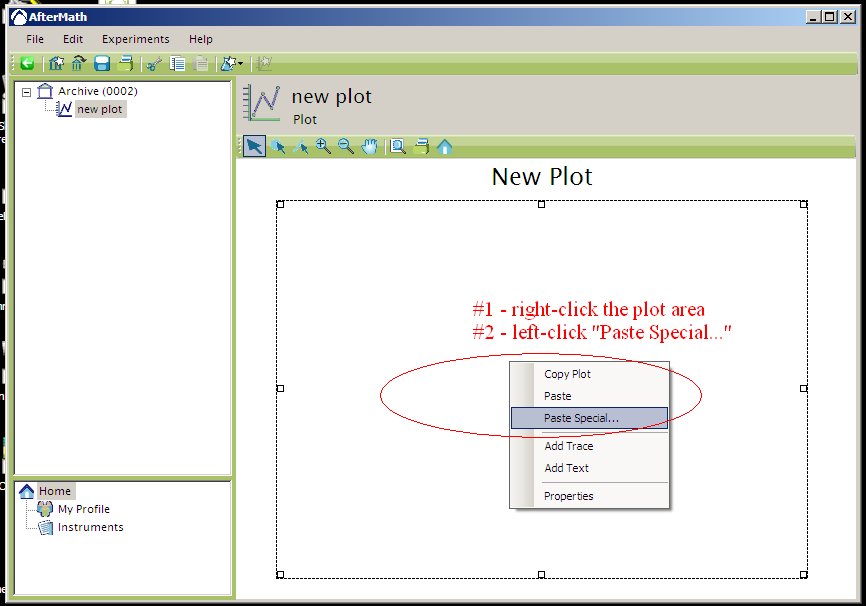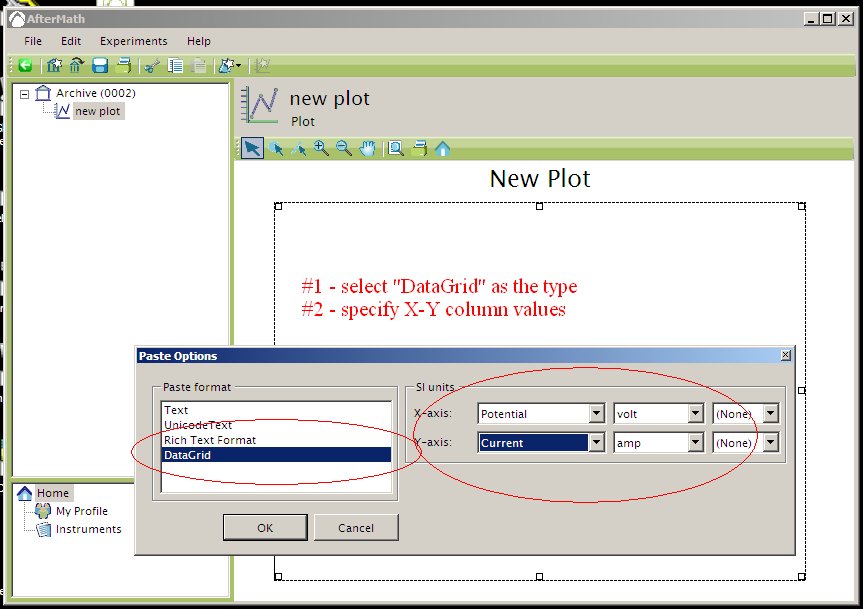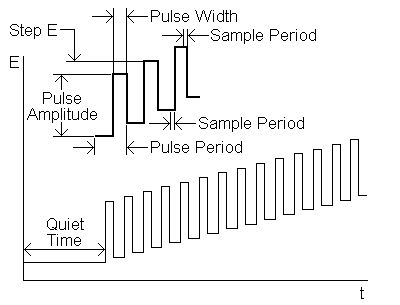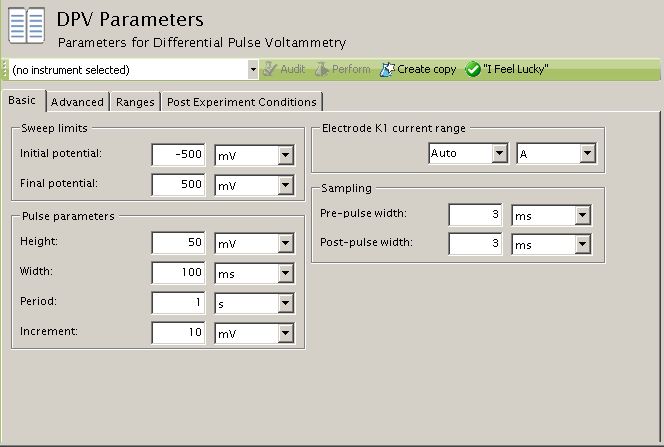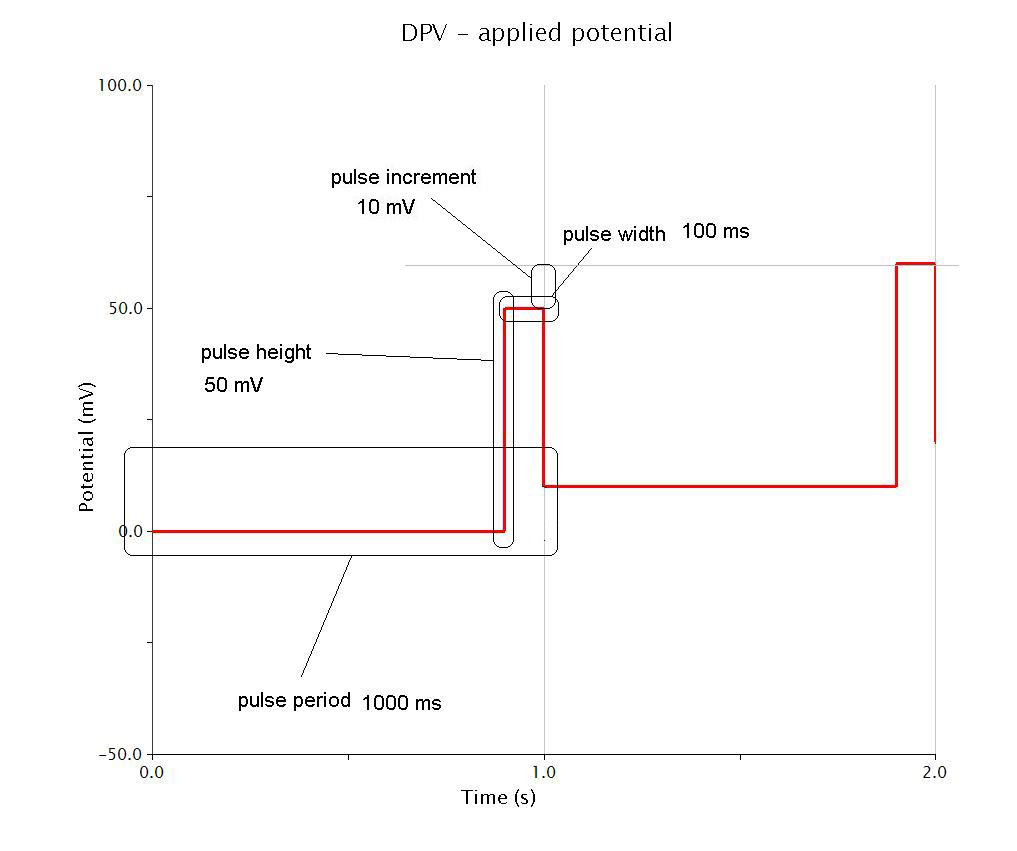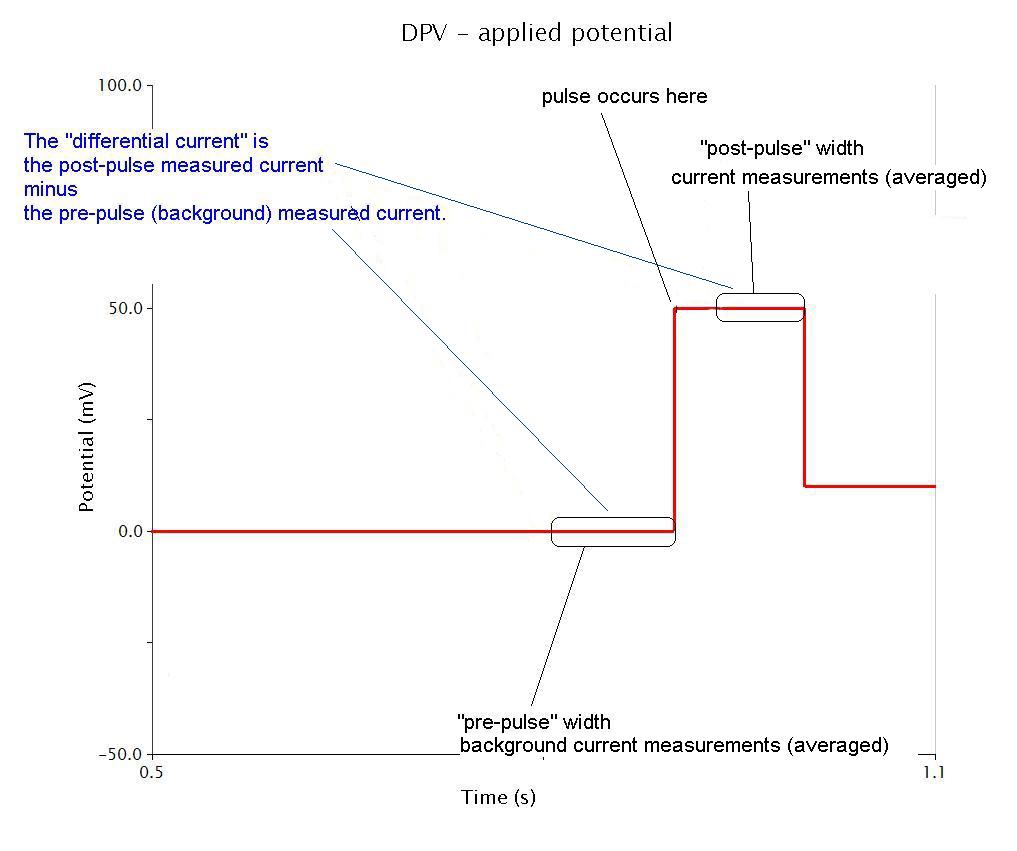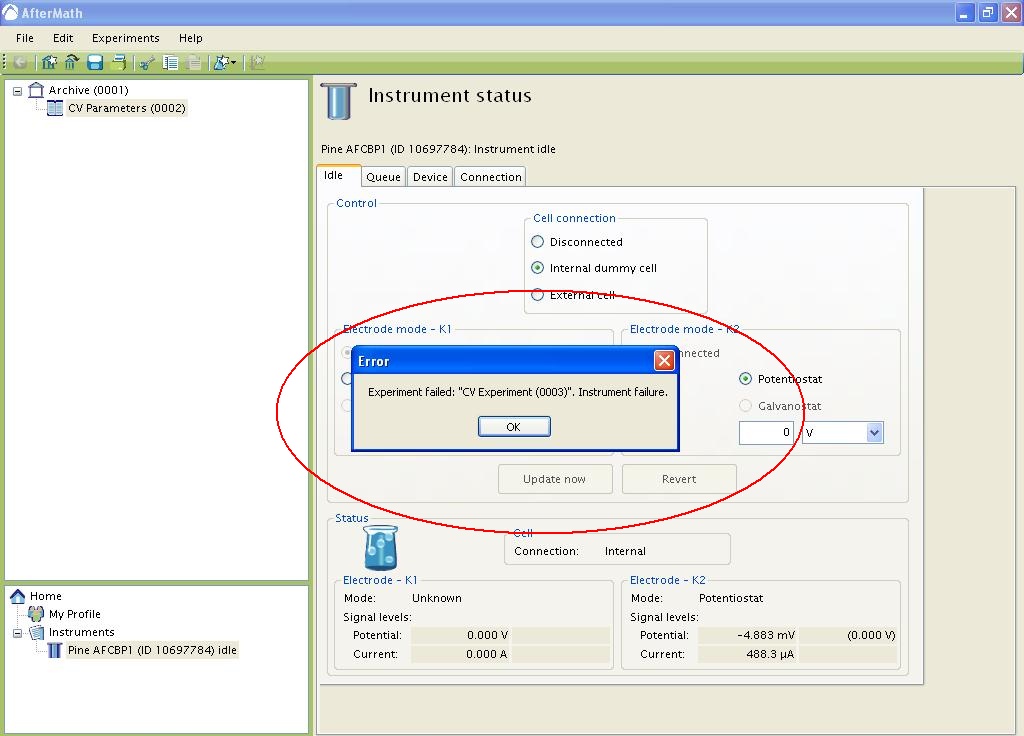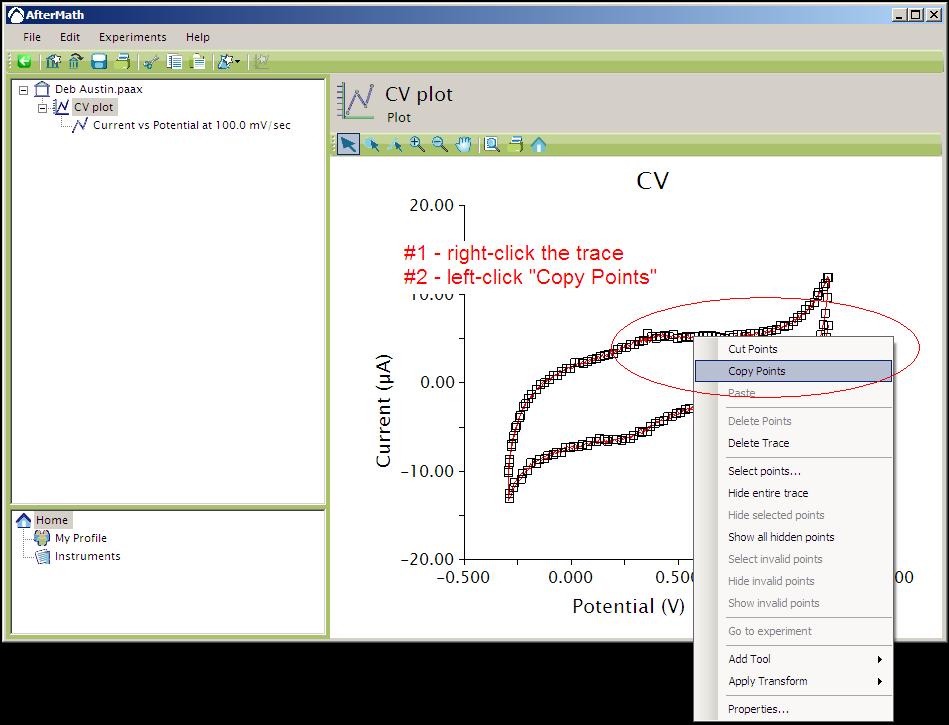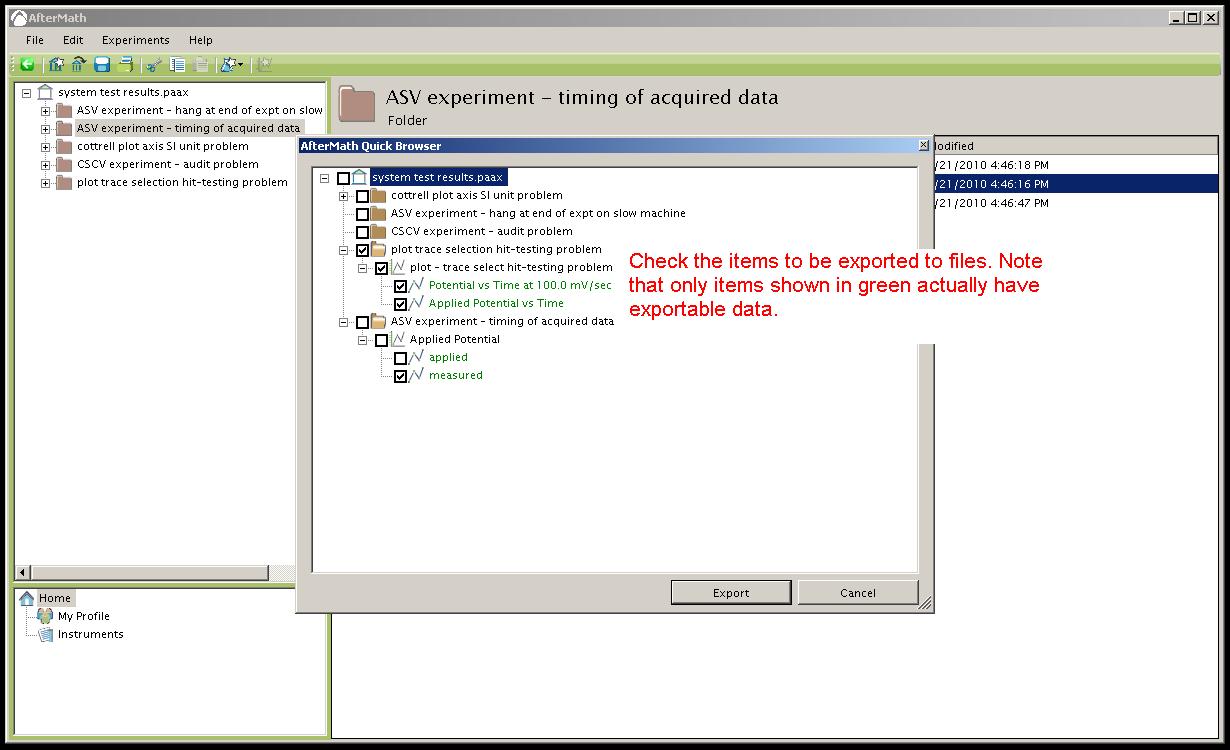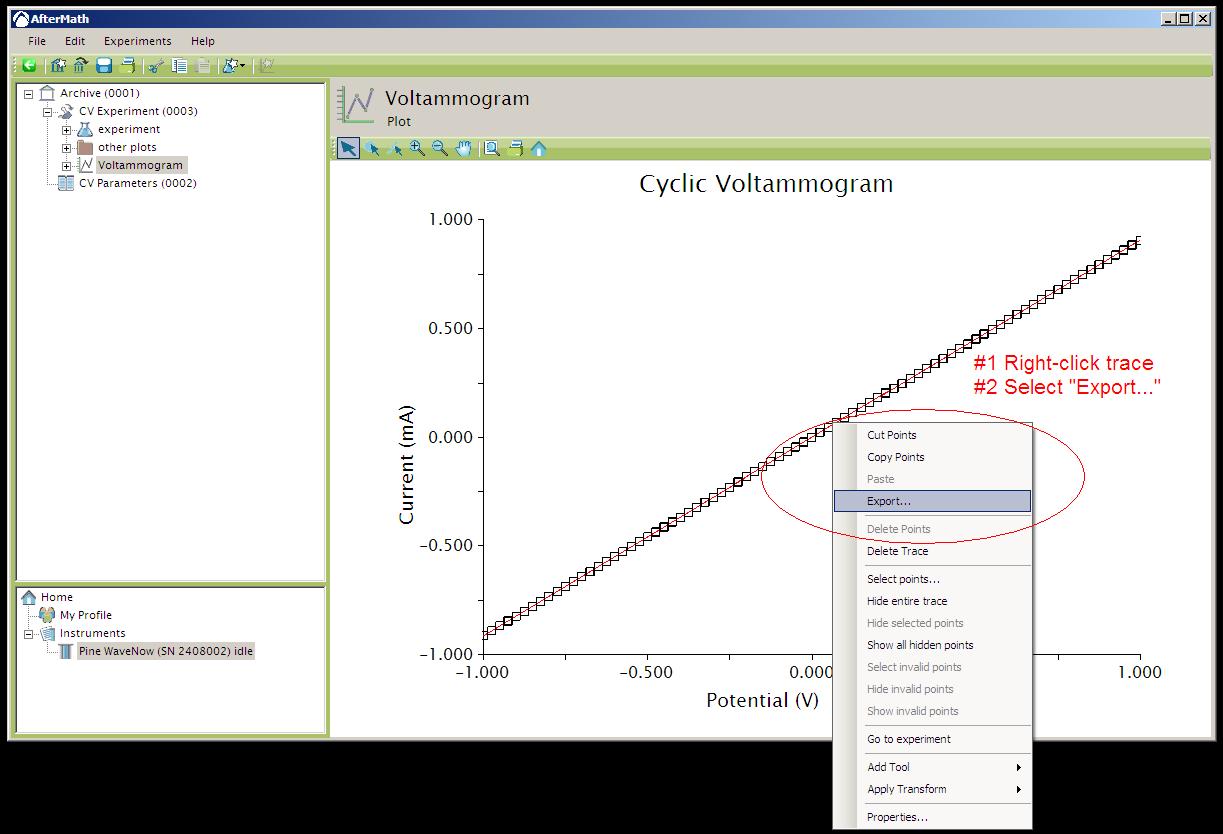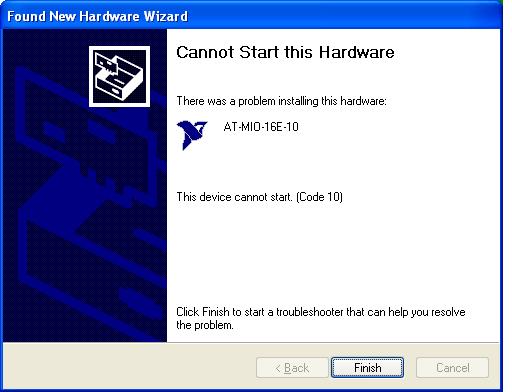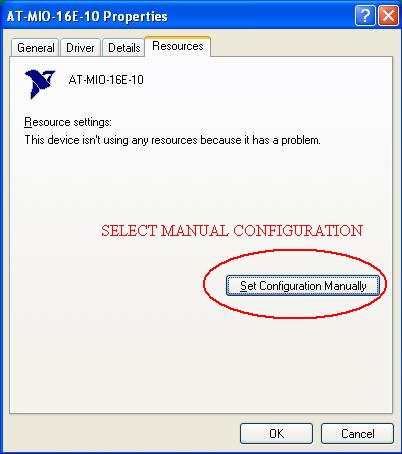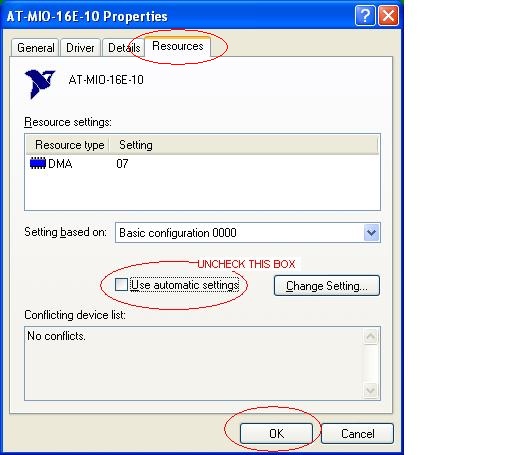Overview
AfterMath can be used to display the level of firmware running in the potentiostat (select the instrument in the lower-left pane and then the “Device” tab on the right pane). That information can be compared with the descriptions below. Contact Pine Research for firmware update files and then follow update instructions here.
Details
Updated: 11 November 2016
WaveNow family (WaveNow, WaveNano, WaveNowxv)
- Current Recommended Firmware Version: 1.1.116
WaveDriver family (WaveDriver 20, WaveDriver 10)
- Current Recommended Firmware Version: 1.1.4
AFCBPx family
- No updates




 What potentiostat firmware version should I be using?
What potentiostat firmware version should I be using?
